compiler/VR gyro
Meta will hold an "Inside the Lab" roundtable every once in a while, which showcases the early technologies it is currently researching, and all involve some very specific research areas.
Today, at Meta's "Inside the Lab" conference, CEO Mark Zuckerberg, Reality Labs chief scientist Michael Abrash and several others announced three prototype headsets currently under development.
prototype devices are usually used to solve a single problem, such as weight, size, durability, clarity, etc. Although Meta Quest 2 provides a good VR experience, it is still not perfect and there is still room for improvement in many aspects.

Butterscotch, picture source: Meta
Product prototype one: Butterscotch (butterscotch)
Allowing users to see the best images is one of the problems Meta is currently trying to solve. The first VR prototype device they exhibited is Butterscotch, which looks like A heavily modified Oculus Rift.
This device provides retina-level resolution. The retina resolution baseline is 60PPD (TVs and mobile phones have already exceeded this standard). As you can see in the picture below, this headset can read the 20/20 visual acuity line in the eye chart .

Comparison of different head display resolutions, source: Meta
Abrash said: "This is our latest retina resolution prototype. It is close to the retina resolution in VR, reaching 55PPD, which is 2.5 times that of Quest 2."
In order to solve the problem Regarding the issue of resolution and head-mounted field of view, Abrash said, “What the Butterscotch team has done is to reduce the field of view of this head-mounted display to about half of that of Quest 2, and developed a new hybrid lens, which can completely solve the problem. Higher resolution issues."
As you can see from the image above, while the Butterscotch offers excellent clarity, it's still bulky and far from mass production.
Product Prototype 2: Starburst
Starburst is larger and bulkier than the previous Butterscotch. With a fan on top and a pair of side handles, the Starburst is a prototype of Reality Labs' HDR VR headset.
HDR will be a great addition to headsets as it helps add realism and depth to images. To achieve this, the VR headset needs to achieve higher brightness. Meta’s peak brightness target value is 10,000 nits (brightness unit). Currently, no TV can achieve this value (Samsung 65Q9 series can reach 2,000 nits in HDR brightness) special). The maximum brightness of Quest 2 is only 100 nits.

Starburst, Source: Meta
In the Starburst prototype, there is a high-brightness light behind the LCD panel. This helps Starburst reach an impressive 20,000 nits. It may be one of the first displays to achieve 3D HDR VR. one.
Zuckerberg pointed out that the first-generation Starburst product is not equivalent to the final mass-produced product, and the laboratory uses it for testing and further research so that it can understand what the (high-brightness) experience feels like.
Product prototype three: Holocake 2
Zuckerberg described this product as "the thinnest and lightest VR headset we have ever made." Judging from the pictures, Holocake 2 is relatively complete and looks like a device to be launched in the future, and it can also run PC VR games.
In the past, VR headsets looked relatively thick and heavy. This was because in the optical design, the display screen needed to be kept at a certain distance from the lens so that your eyes could correctly focus on the image. To achieve the slim effect, Meta developed two new technologies: planar holographic lenses and polarized reflection.

Holocake 2, Source: Meta
When talking about the holographic lens, Zuckerberg explained: "Holographs are a record of what happens when light hits something. So, like holograms than Just like the objects themselves are flatter, holographic optics are flatter than the lenses they model, but they affect incoming light in much the same way. So it's a pretty neat trick."
As for polarized reflection, this optical folding method improves the space utilization between the display panel and the lens. Both technologies require the use of dedicated laser as the light source instead of LED. The current problem is that Finding a laser that's the right size and price for a consumer VR headset is difficult.
Abrash points out: "We needed to do a lot of engineering to implement a consumer-usable laser that met our specifications - was safe, low-cost, efficient, and could Housed in a slim VR headset. As of today, the team is still searching for a suitable laser. "

Comparison of different lenses, source: Meta
Concept product: Mirror Lake (Mirror Lake)
Mirror Lake is not a product prototype, it is a research concept proposed by the Display System Research (DSR) team of Reality Labs. It has features similar to skiing The goggle form factor combines zoom, eye tracking, , and other technologies that Reality Labs has been working on.

Mirror Lake, Source: Meta
Source: GMW3


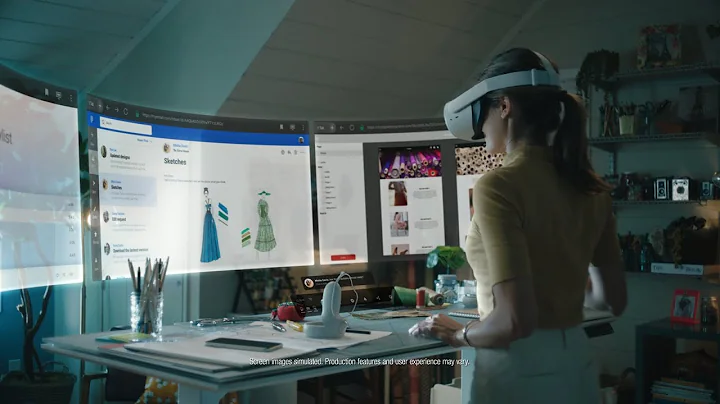
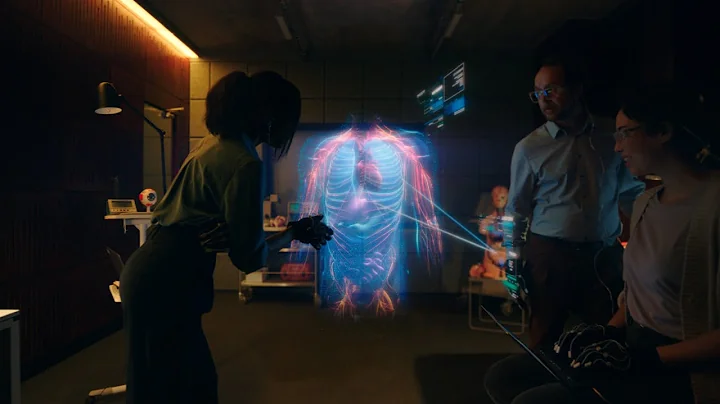



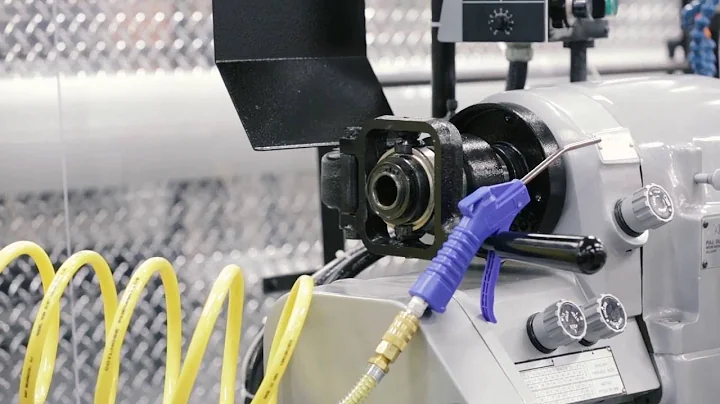
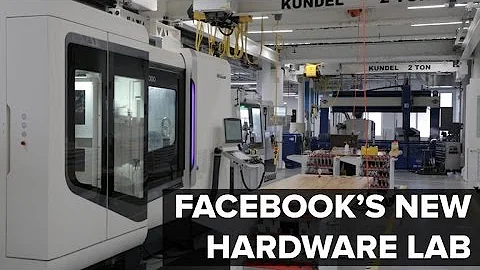
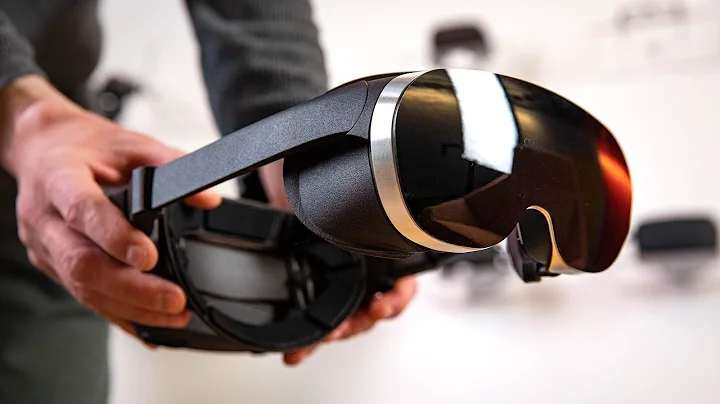

![[Mobile China News] At 8 pm on October 31, the first wave of Double 11 of major e-commerce platforms officially started buying. Merchants attracted consumers to shop through promotional activities, live streaming and other methods, and some popular products were sold out. It is u - DayDayNews](https://cdn.daydaynews.cc/wp-content/themes/begin/img/loading.gif)









